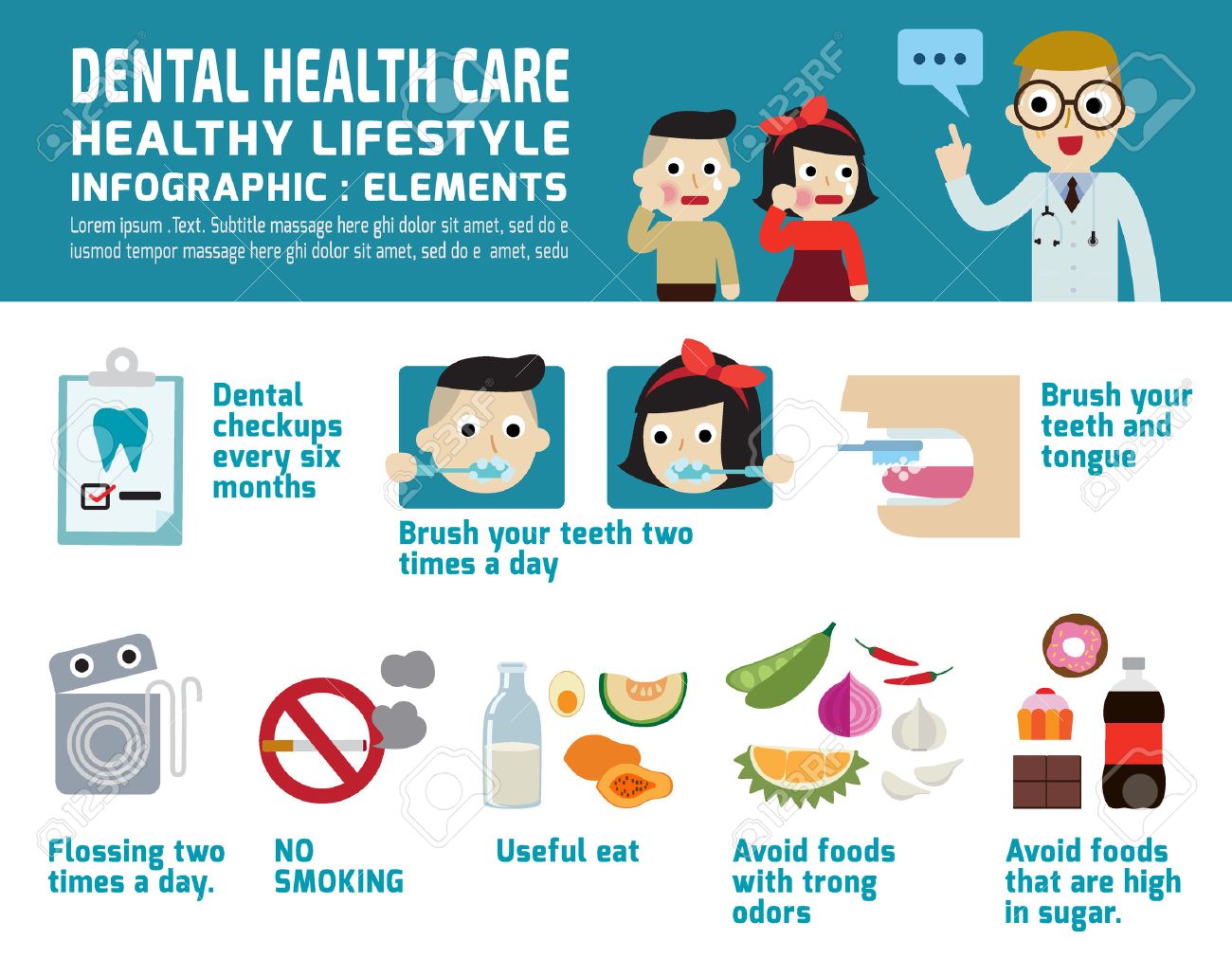The Crucial Handbook For Managing Dental Emergency Situations: Emergency Situation Dental Professional Version
The Crucial Handbook For Managing Dental Emergency Situations: Emergency Situation Dental Professional Version
Blog Article
Short Article Written By-Carney Merritt
When confronted with a sudden oral emergency, the last point you want to do is panic. Think of having all on four dental implants and tools within your reaches to deal with the circumstance with confidence and composure. From understanding exactly how to offer immediate alleviation to locating the best emergency dental practitioner promptly, being prepared can make all the difference in a situation. Remain tuned to discover the necessary steps and skilled tips that will empower you to browse dental emergency situations properly.
Acknowledging Common Dental Emergency Situations
Recognize common dental emergencies by understanding the symptoms and signs that indicate immediate treatment is required. Severe toothaches that are persistent and pain could be a sign of an underlying problem like an abscess or infection.
Swelling of the face or gum tissues accompanied by discomfort might additionally suggest a major issue. If you experience hemorrhaging from the mouth that doesn't stop, maybe an oral emergency calling for prompt focus.
Injuries to the mouth leading to a split, damaged, or knocked-out tooth are also circumstances where urgent oral treatment is needed.
Various other usual dental emergencies include a lost dental filling or crown, triggering pain and level of sensitivity. Overlooking these indicators might lead to further difficulties, so looking for prompt treatment is essential.
Immediate Emergency Treatment for Oral Injuries
In cases of oral injuries, giving prompt first aid can aid alleviate pain and avoid further difficulties. If you experience a knocked-out tooth, handle it by the crown (top part) and delicately rinse off any dirt with water. Try to reinsert the tooth back into the socket, or if that's not feasible, store it in a container of milk or saliva up until you can see a dental professional.
For a cracked or broken tooth, wash your mouth with cozy water and use a cold compress to decrease swelling. If you have a toothache, rinse your mouth with a blend of warm water and salt to aid relieve discomfort. In the case of a bitten lip or tongue, tidy the location delicately and apply a cold compress to lower swelling.
Just how to Find an Emergency Situation Dental Practitioner
When confronted with an oral emergency situation, knowing exactly how to swiftly locate an emergency situation dental expert can make all the difference in receiving timely care and alleviation. Beginning by calling your regular dental practitioner first, as they may have emergency hours or have the ability to refer you to one more dental expert that can help.
If it seeks hours or you're not able to reach your dental expert, think about utilizing online sources such as oral organization sites or emergency dentist directories. These platforms can give you with a listing of dental experts in your area who supply emergency services.
An additional choice is to call your local hospital or immediate care facility. They typically have connections with emergency dental practitioners or oral clinics that can assist with immediate oral problems.
In cases of serious discomfort, swelling, or trauma, don't think twice to seek instant aid from the local emergency room.
Final thought
To conclude, recognizing just how to recognize common oral emergency situations and taking immediate first aid steps can make a distinction in the end result.
Discovering an emergency dentist quickly is essential, whether via calling your normal dental practitioner, inspecting online resources, or reaching out to local healthcare facilities.
Remember, looking for best dental implants near me from an emergency clinic for serious pain or trauma is always a top priority.
Keep informed and prepared to deal with oral emergencies efficiently.
